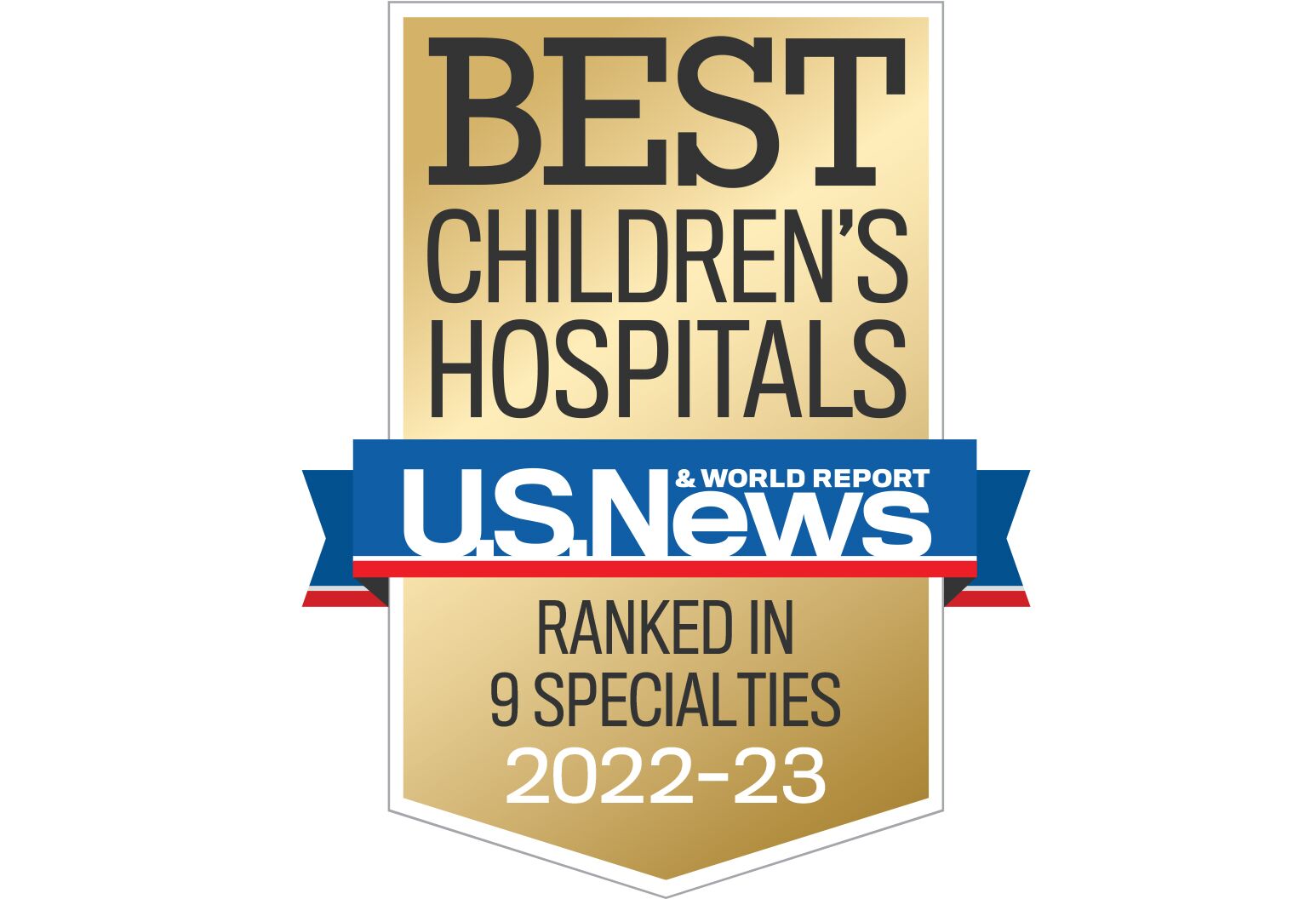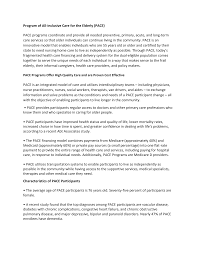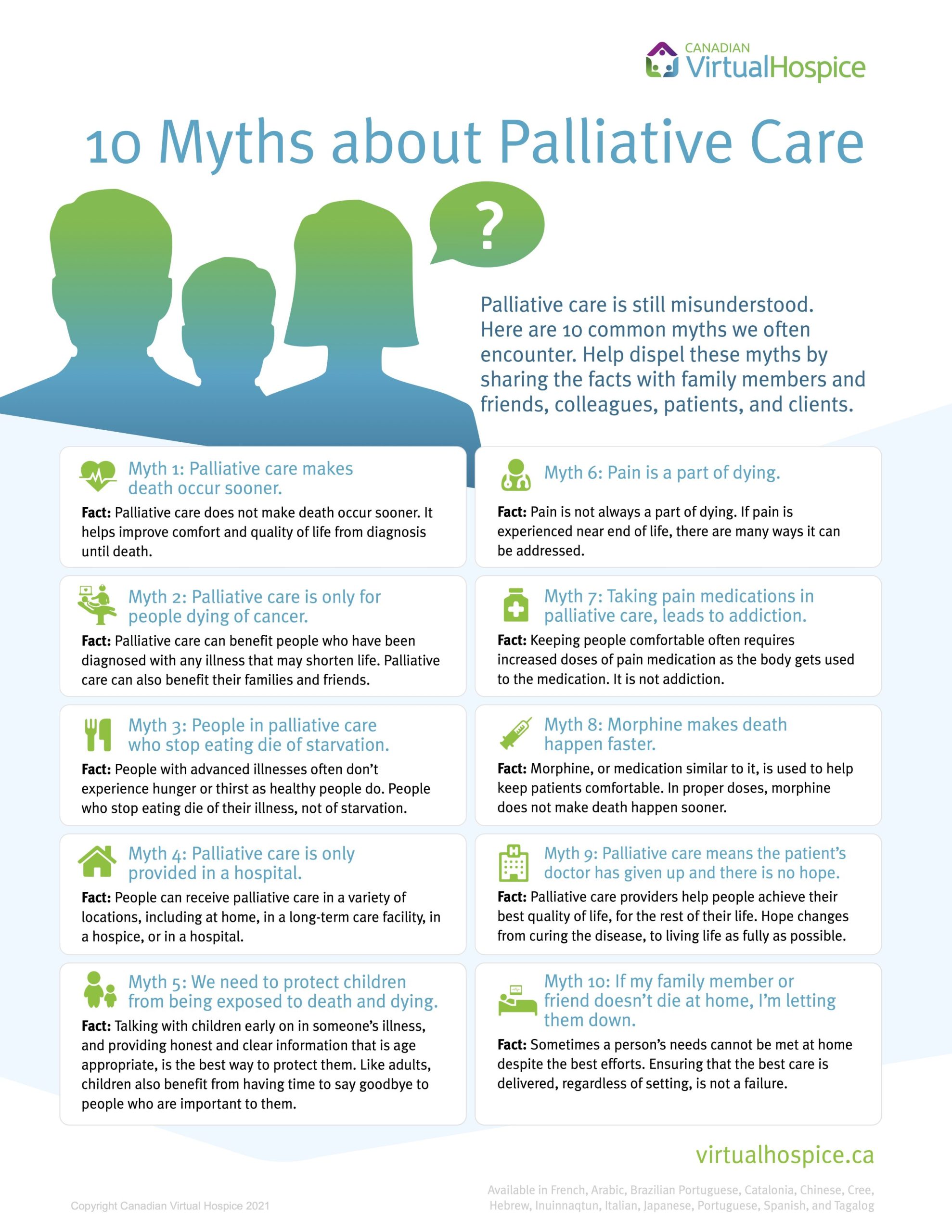
In order to make a down syndrome test, the doctor will have the mother's blood sample analyzed for DNA fragments, which are pieces of DNA that are 25 to 30 base pairs long and match a specific chromosome. The researchers counted each chromosome's gene fragments. Those women who had Down syndrome had more DNA fragments from chromosome 21 than women who did not have the condition.
Screening tests help to determine the possibility of Down syndrome.
Screening tests determine the likelihood of a baby being born with Down syndrome. One in 1,000 babies will have Down syndrome, which means that one in every 1000 babies will be born to a woman with the condition. 99 babies will be normal. This is the National Screening Committee's cutoff point for identifying a woman at risk of having a Down syndrome baby.

These screening tests may include a blood test that measures the amount of fluid a baby is in, age, gender, ethnicity, smoking status, and gestational age. Based on these results, a computer program calculates the probability that a baby has Down syndrome. Despite being accurate, some screening tests may give abnormal results, even when there is no problem. This is why it is essential to be educated about the risks associated with screening tests before any medical procedures.
Down syndrome diagnosis tests can tell if a baby is suffering from it.
There are many diagnostic tests available to rule out Down syndrome. These tests have higher false-positive rates than other tests that are performed later in the pregnancy. An amniocentesis is a procedure that takes a sample of amniotic fluid from a pregnant woman to check for Down syndrome. Other tests include the quadruple marker screen, which can detect neural tube defects and brain and spinal cord defects. These tests can be performed between fifteen and twenty weeks into pregnancy. If you have a high risk of having any birth defects, your doctor will request a sample to determine the number of chromosomes in your amniotic liquid.
Ultrasound screening is another method of detecting Down syndrome in a woman's womb. This test requires a woman to lay a special gel on her abdomen, and a small sample of blood is taken. The ultrasound transducer sends sound waves through amniotic fluid. These deflect off the uterine structure. The speed at which the sound waves bounceback will depend on the density of these structures. The computer will then analyze this information and convert it into an image for the fetus.
Screening tests are not invasive
Screening tests for Down syndrome may be invasive. This is true regardless if they are associated with the possibility of miscarriage. Recent research shows that current invasive tests are no better than theoretical NIPD testing. Surprisingly nearly half of all women polled said they would not consent to the tests. Still, some women may opt to go through these tests if they believe they are at no risk for miscarriage.

Although the screening test for DS has made enormous progress since the early 1980s, further improvements are needed. Today, only 5% to 80% of pregnant women undergo invasive testing. Unfortunately, these tests are associated with significant risks and a high rate of false-positives. In 2008, 400 miscarriages resulted from screening for DS.
FAQ
What is the best way to get free coverage for my area's health?
You can apply for free health insurance if you qualify. You may be eligible for Medicaid or Medicare, CHIP. Children's Health Insurance Program, (CHIP), Tricare. VA benefits. Federal Employee Health Benefits. (FEHB). Military health plans. Indian Health Service (IHS).
How do I become a creative health professional?
There are many paths to creative health professionals. Some people start as students and others work in different fields like engineering or business.
Some students choose to focus on a specific topic such as health policy, leadership, management or leadership. Some choose to elective courses that examine different perspectives on health or health care.
No matter what your path, you will learn about health and care topics through lectures, readings and group discussions. Assignments and projects are also available. Workshops, conferences, seminars, and other events are also possible.
Once you have completed the program, your knowledge will allow you to work with patients, clients, colleagues and clients in any position within the health system.
You may even pursue a doctorate.
What are the services of health care?
A health care provider is a medical institution that offers healthcare services for patients. A hospital is an example of a healthcare facility. It typically contains many departments such the emergency room, intensive care unit and operating room.
What are the three levels of health care facilities?
The first level includes general practice clinics. These provide basic medical services for patients not requiring hospital admission. They may also refer patients to other providers if required. This includes nurse practitioners, general practitioners and midwives.
The second level is primary care centers which offer comprehensive outpatient care, including emergency treatment. These include hospitals and walk-in clinics as well as urgent care centers.
The third level includes secondary care centers that offer specialist services like eye surgery, orthopedic surgery and neurosurgery.
What are the health services?
Patients should be aware of the fact that they have 24/7 access to high-quality healthcare. We're available to assist you with routine or urgent care.
There are many types of appointments available, including outpatient and emergency procedures, walk-ins, same day surgery, same-day surgeries, and emergency department visits. If you live far away from our clinic, we can also provide home health care visits. We will ensure that you get prompt treatment at the nearest hospital if you aren't comfortable visiting our clinic.
Our team includes nurses and pharmacists as well dentists. We aim to ensure that each visit is as convenient and painless as possible.
Statistics
- Healthcare Occupations PRINTER-FRIENDLY Employment in healthcare occupations is projected to grow 16 percent from 2020 to 2030, much faster than the average for all occupations, adding about 2.6 million new jobs. (bls.gov)
- Price Increases, Aging Push Sector To 20 Percent Of Economy". (en.wikipedia.org)
- The healthcare sector is one of the largest and most complex in the U.S. economy, accounting for 18% of gross domestic product (GDP) in 2020.1 (investopedia.com)
- For instance, Chinese hospital charges tend toward 50% for drugs, another major percentage for equipment, and a small percentage for healthcare professional fees. (en.wikipedia.org)
- Consuming over 10 percent of [3] (en.wikipedia.org)
External Links
How To
What is the Healthcare Industry Value Chain
The healthcare industry value chain consists of all the activities involved in providing healthcare services to patients. This includes all the business processes that occur within hospitals and clinics as well as the supply chains that link them to other providers, such as doctors, nurses, pharmacists or insurance companies. This results in a continuum that starts with diagnosis and ends with discharge.
The four key components of the value chain are:
-
Business processes - These are the tasks performed throughout the whole process of providing health care. For example, a physician might perform an examination, prescribe medication, and then send a prescription to a pharmacy for dispensing. Each step must be done correctly and efficiently.
-
Supply Chains – The entire network of organizations responsible for ensuring that the right supplies reach those who need them. A typical hospital has many suppliers. They include pharmacies as well lab testing facilities, imaging center, and even janitorial employees.
-
Networked organizations - These entities must communicate with each other in order to coordinate. Most hospitals have multiple departments. Each department has its own office and phone number. Employees will be able to access a central point for information and updates in every department.
-
Information Technology Systems (IT) - IT is essential in order for business processes to run smoothly. Without it, things would fall apart quickly. IT is also a platform that allows for the integration of new technologies into the system. If doctors want to integrate electronic medical records in their workflow, they can use secure network connections.